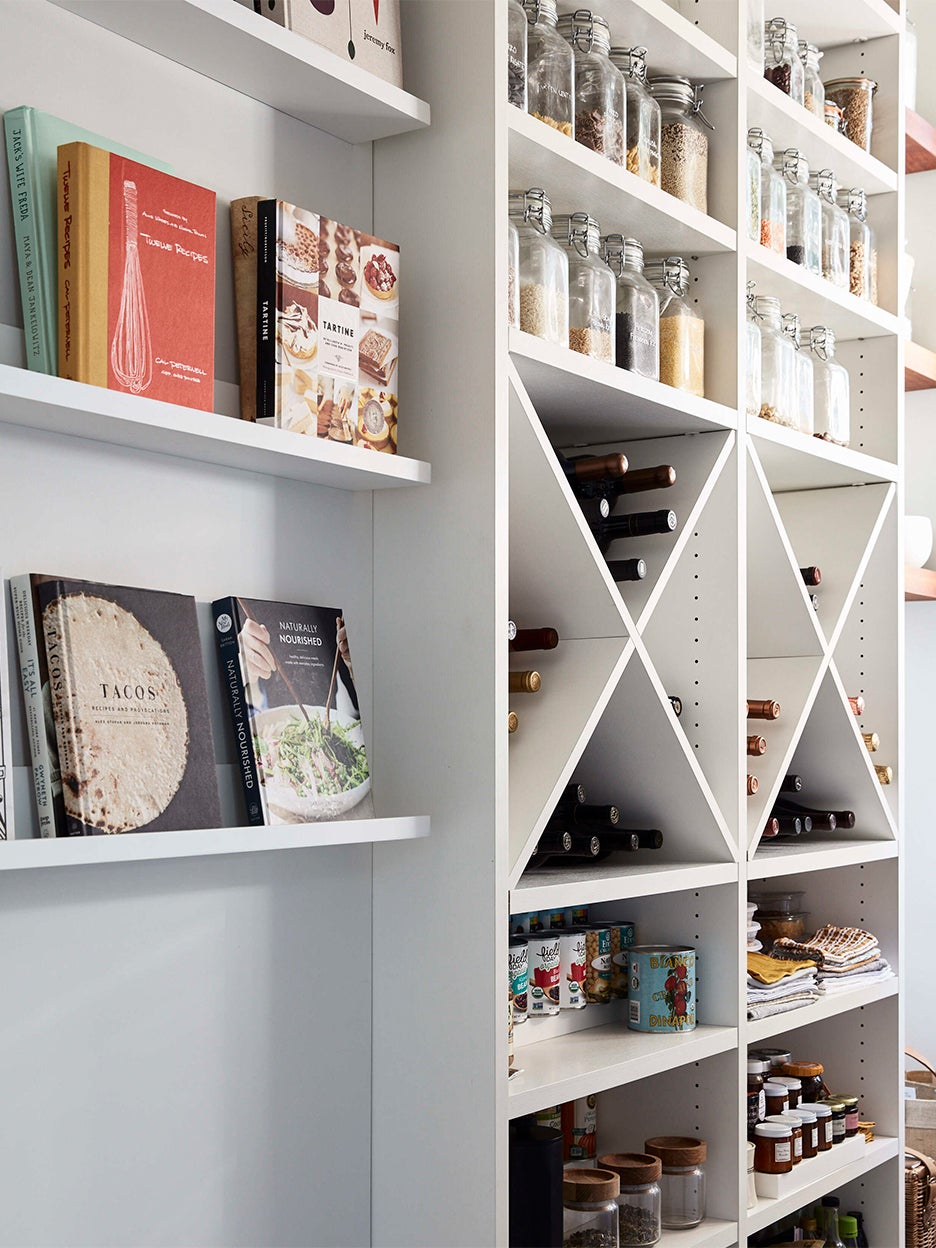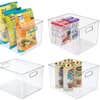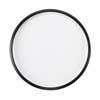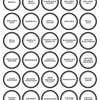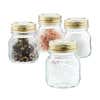7 NYC Chefs Share Their Pantry Organization Secrets
From squeeze bottles to wish-list shelves.
Updated Oct 12, 2018 9:33 AM
We may earn revenue from the products available on this page and participate in affiliate programs.
Anyone who has watched the entire season of the new series The Home Edit on Netflix probably already feels like their pantry organization skills are lacking. It’s one thing to keep baking goods and oils together. It’s quite another to have store-quality displays, s’mores stations, and perfectly calligraphed labels. However, there is a certain group of people that can keep even the tiniest pantries ultra-organized: New York City chefs.
Through culinary school or restaurant experience, chefs learn the value of mise en place (from the French, meaning “everything in its place”) when you have exactly zero seconds to wonder where something is. “Working in the kitchen is a dance; it has to flow,” says Julia Sherman, author of Salad for President. “You have to be able to reach for the things you work with on a regular basis with ease and without thinking. If it isn’t organized, things go to waste, and I hate waste.”
We asked Sherman (and six more cooking pros) how to reorganize any pantry from scratch.
Only Decant Frequently Used Items
“I like to decant goods into canisters, but only the ones I use regularly,” says Sherman. “If it’s a novel item, I want to be able to read the label and remind myself of the cooking time.” She relies on OXO turntables to keep things organized, which she prioritizes from closest to the stove (for frequently used items like oils and vinegars) to farthest (for canned goods, snacks, and dried fruits).
Choose Inexpensive Storage Solutions
Claire Saffitz doesn’t believe in expensive storage items. “I rely on a system of plastic pint and quart containers labeled with painter’s tape and a Sharpie,” says the pastry chef, whose new cookbook, Dessert Person, hits shelves next month. The containers stack easily and they’re lightweight and really inexpensive, making them the perfect budget solution for dry ingredients like grains, flours, and beans. To make the grocery-unpacking process go even faster, Saffitz uses a tape cutter. “My friend Christina Chaey told me about it, and I admit I love that every piece of tape I tear has clean straight edges. It makes for very pleasing labels.”
Organize Starting at Eye Level
For Vanessa Pham, an organized pantry starts where you can see things: “I aim to have my cooking ingredients, like spices and sauces, at eye level, so when I’m in the midst of cooking, I can find and grab what I need quickly,” says the cofounder, with her sister, Kim, of Omsom, a food startup that delivers Asian meal-starter kits. “I’m not really the type of cook who will get all her ingredients set out and premeasured in advance, so this helps me when I’m in the groove.” High-use staples get prime real estate in her pantry—all organized by cuisine and type—while back stock is tucked away on high shelves.
Don’t Keep Anything Out of Sight
Mimi Cheng cofounders Hannah and Marian Cheng swear by clear bins to keep everything grouped together and in plain sight. “This way you know where to look for items instead of having to pull everything out,” says Hannah. Cleaning supplies are on the bottom shelves, while the top area is organized by product type and use: Asian ingredients, Italian products, baking goods, assorted teas, snacks, even rice has its own section. Unlike many cooks, the sisters keep their spices stored far away from the stove to keep them from heat damage. Labels made using a P-touch label maker make it clear where everything is.
Create a Wish-List Shelf
“I have a cabinet shelf that I dedicate exclusively to products I want to experiment with but haven’t had a chance to integrate into my regular routine,” says Kim Pham of Omsom. “I keep them at eye level so I can be reminded of them and inspired if I’m doing the nightly ‘what should I have for dinner?’ dance.” On her special shelf right now: Filipino crab fat, pâté, and a can of quail eggs.
Use Plastic Squeeze Bottles
Right next to the stove, Saffitz and her husband keep a tray of oils (vegetable, chili, and two types of olive oil for cooking and finishing) and vinegars (Colatura, sherry, black, red wine, and white wine vinegar). “We’ve poured most of these into squeeze bottles with labels, since they’re easy to grab and add to a pan or dish with one hand while cooking,” she says. “The lids are smartly designed so they don’t leak, and the caps are airtight.” Soy sauce, hot sauce, and other liquid condiments also get their own squeezable containers.
Buy Extra Spice Jars
“If you buy any of your spices from Asian grocery stores or in bulk, you might struggle with storing pouches or large bags,” says Vanessa Pham. That’s why she always keeps extra empty spice jars to store everything from Szechuan peppercorns and MSG to star anise and allspice in her spice rack with the rest. “I’m also working on upgrading my label game and love the ones from Global Pantry. They make it so easy and fun to be organized, while also being more equitable and inclusive.”
Reorganize Quarterly
Every three to four months, Eden Grinshpan pulls everything out of her pantry and completely reorganizes from scratch. “I collect spices and condiments, and things get very crowded in my pantry,” says the Eating Out Loud author and Top Chef Canada host. First, she gives every shelf a good wipe-down and then puts everything back in a different place. “I love to switch things around so that I get to use some of the ingredients that have been hiding in the back. It is easy to forget what you have on hand when you don’t see your entire pantry.”
Our Fall Style issue has arrived! Subscribe now to get an exclusive first look at Ayesha Curry’s Bay Area home—and discover how design can shape our world.
